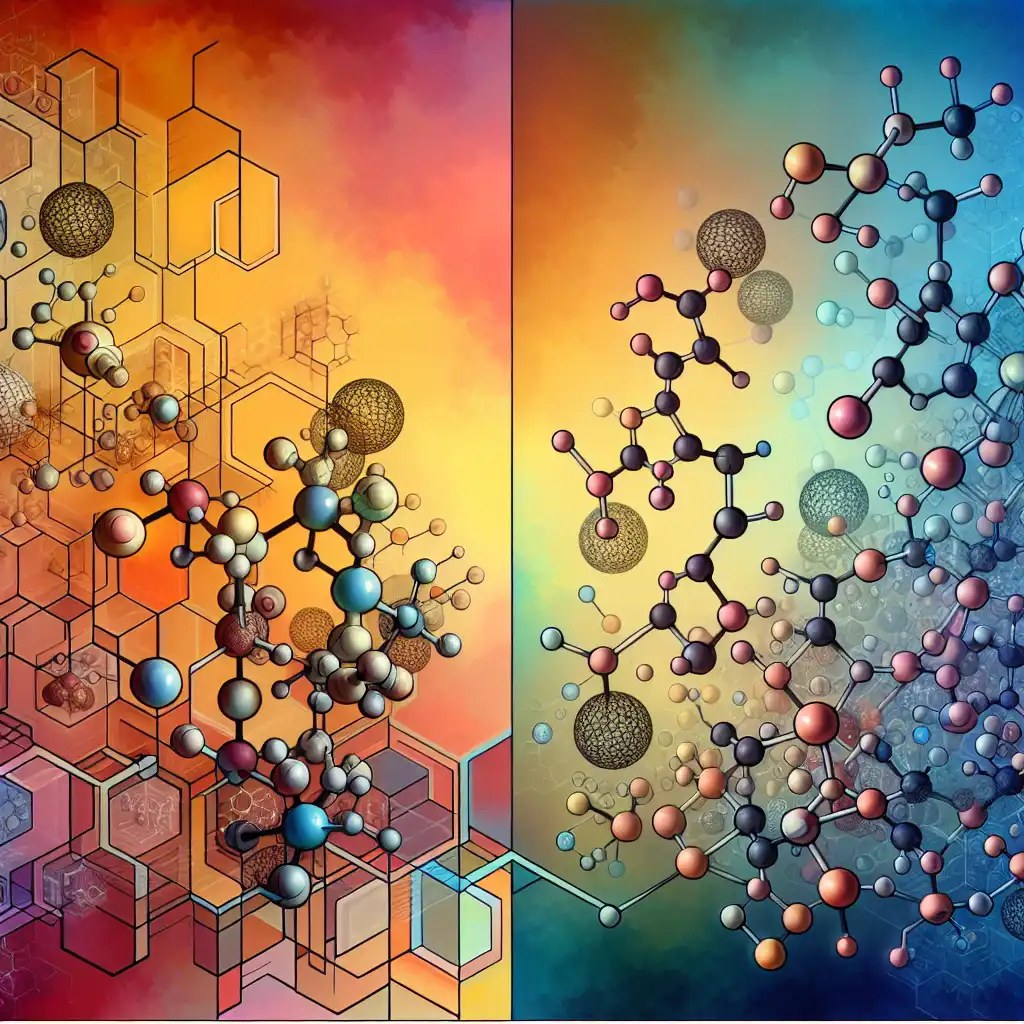
Isomerism
Chemistry Context
Isomerism is primarily used in chemical contexts to discuss molecules with the same formula but different structures.  The study of isomerism can reveal why two substances with identical molecular formulas have distinct smells.
The study of isomerism can reveal why two substances with identical molecular formulas have distinct smells.
Different Properties
Even though isomers have the same atoms, their arrangement can give them quite different properties.  Due to isomerism, butane and isobutane have different boiling points.
Due to isomerism, butane and isobutane have different boiling points.
Types of Isomerism
Remember that isomerism has types - structural isomerism involves different connections, stereoisomerism involves different 3D arrangements.  Structural isomerism is a simpler concept than stereoisomerism, which includes enantiomers.
Structural isomerism is a simpler concept than stereoisomerism, which includes enantiomers.